In 2025, villa interiors across Turkey show steady movement toward clear lines, natural textures, and a calm visual cohesion. The change does not reject tradition; rather, it adapts historical details to today’s living standards. Coastal towns prize breezy spaces and outdoor rooms, while metropolitan districts in Istanbul favor layered schemes that mix contemporary furniture with historical references.
This blog focuses on four pillars that guide most projects right now: leading styles, accessories, historical touches, and regional differences. Materials, color, lighting, space planning, and outdoor living round out the picture so homeowners and investors can make informed decisions. The goal remains simple: interiors that feel composed, comfortable, and suited to local conditions without falling into cliché or excess.
1-Styles in Focus
Contemporary Minimalism
A clean, uncluttered design dominates many new villas. Large windows, slim profiles, and pale surfaces give rooms an airy feel. Texture carries the weight rather than ornament, so stone, wood, and woven fabrics take center stage. Storage stays concealed, sightlines remain open, and circulation flows gently from entry to living spaces and on toward terraces.
Mediterranean Calm
Aegean and Mediterranean homes lean into whitewashed walls, stone floors, and sun-bleached woods. Color enters through minerals and sea tones—sand, olive, indigo—rather than high-gloss finishes. Ventilation and shading matter as much as aesthetics, so pergolas, shutters, and covered verandas appear frequently. The result reads as light, cool, and easy to live with across long summers.
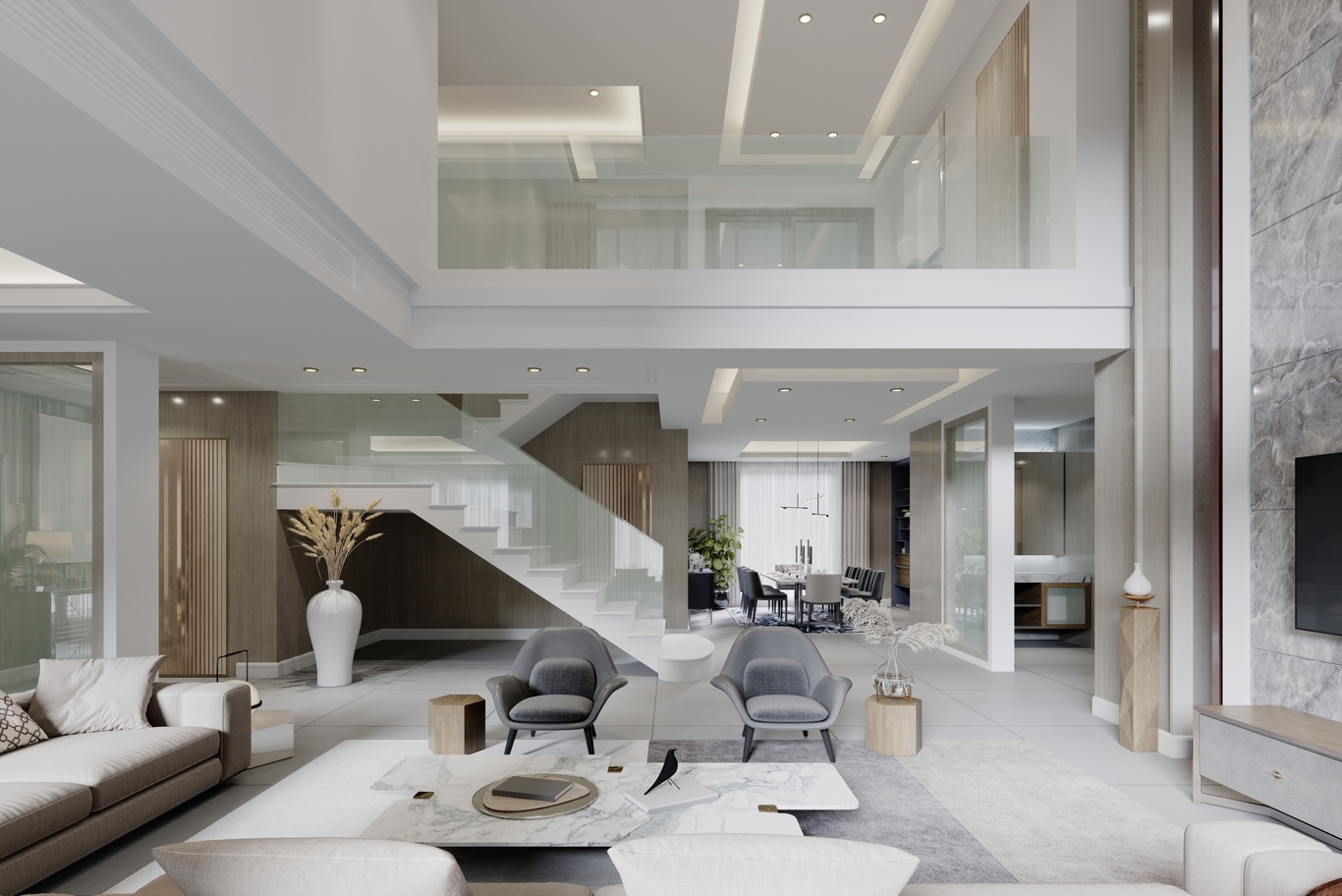
Heritage-Inflected Modern
Istanbul and Bursa projects often borrow from Ottoman and Seljuk motifs yet keep proportions crisp. An arched niche might frame a contemporary console; a patterned tile field may sit beside a smooth micro-cement wall. The effect signals history without slipping into pastiche, creating rooms that feel current but still connected to place.
Further detail on villa planning can be explored through this overview of villa interior design, which illustrates how layout and finish choices support daily life in large homes.
2- Accessories and Décor
Textiles and Rugs
Hand-knotted carpets, flat-woven kilims, and embroidered throws continue to anchor living rooms and bedrooms. Natural fibers—wool, cotton, linen—set the tone. Pattern scale matters: large motifs suit open plans, while small repeats work best in intimate studies or dressing rooms.
Lighting that Draws the Eye
Pendants and chandeliers appear as sculptural notes rather than mere fixtures. Metalwork in brass or blackened steel pairs well with stone and timber. Diffused light softens corners, while pinpoint spots highlight art and millwork. Layered schemes—ambient, task, accent—give rooms useful variety across day and night.
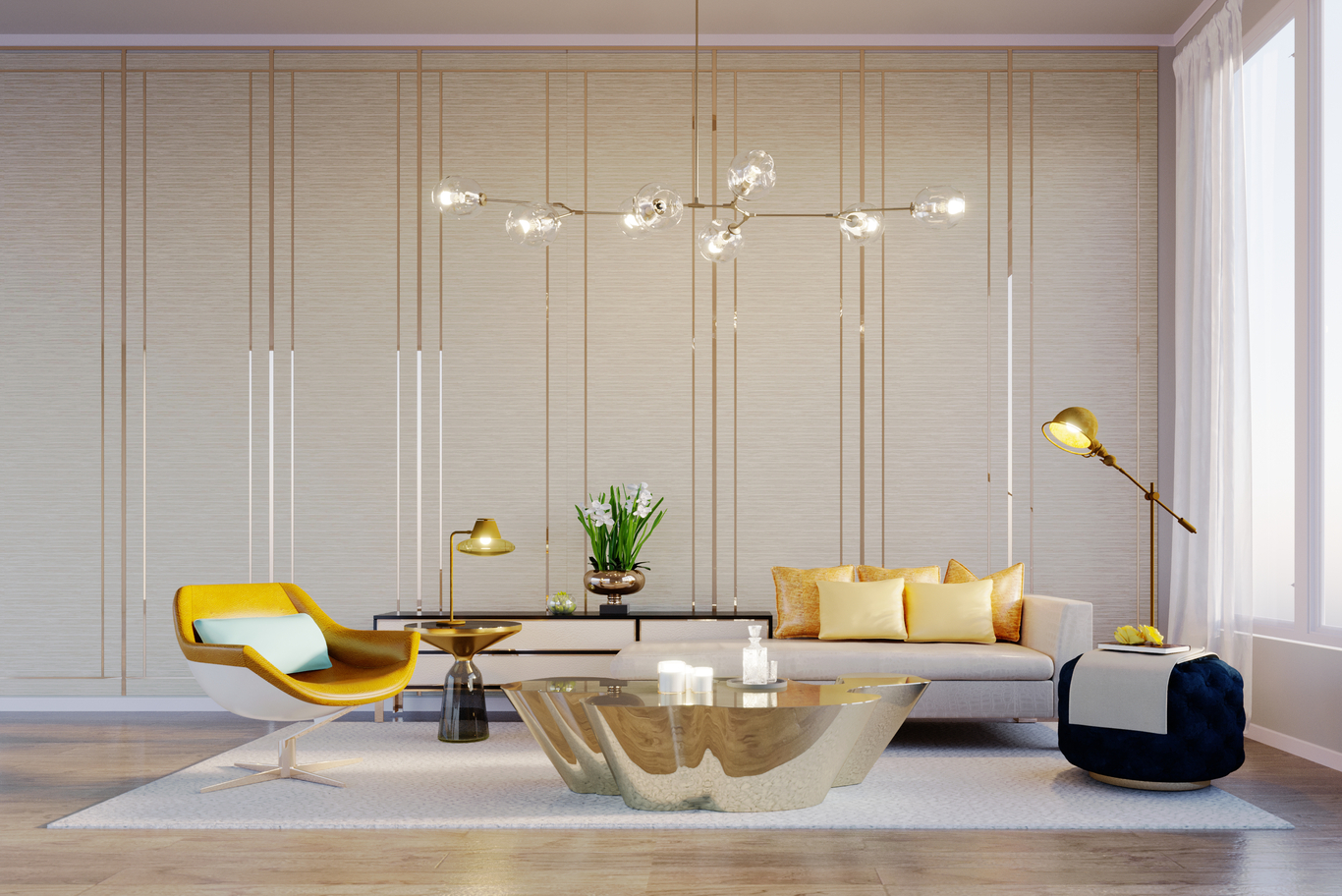
Objects and Art
Ceramics, blown glass, carved wood, and metal pieces bring depth to consoles and shelves. Collections benefit from curation; fewer, larger pieces read calmer than many small items. Framed textiles or archival photography provide local character without overwhelming the composition.
3- Historical Touches
Ottoman Notes
Pointed arches, muqarnas-inspired geometry, and mother-of-pearl inlay still appear, but scale keeps them current. A single arched doorway or a band of patterned tile around a bath can speak loudly on its own. Warm walnut and brass sit comfortably beside plaster and stone.
Seljuk and Anatolian Echoes
Central Anatolian villas sometimes display geometric stonework, fretwork, or carved doors. Motifs stay abstract and structured, which pairs well with today’s pared-back lines. Earthy palettes—terracotta, umber, soft gray—support the sense of age without making rooms feel heavy.
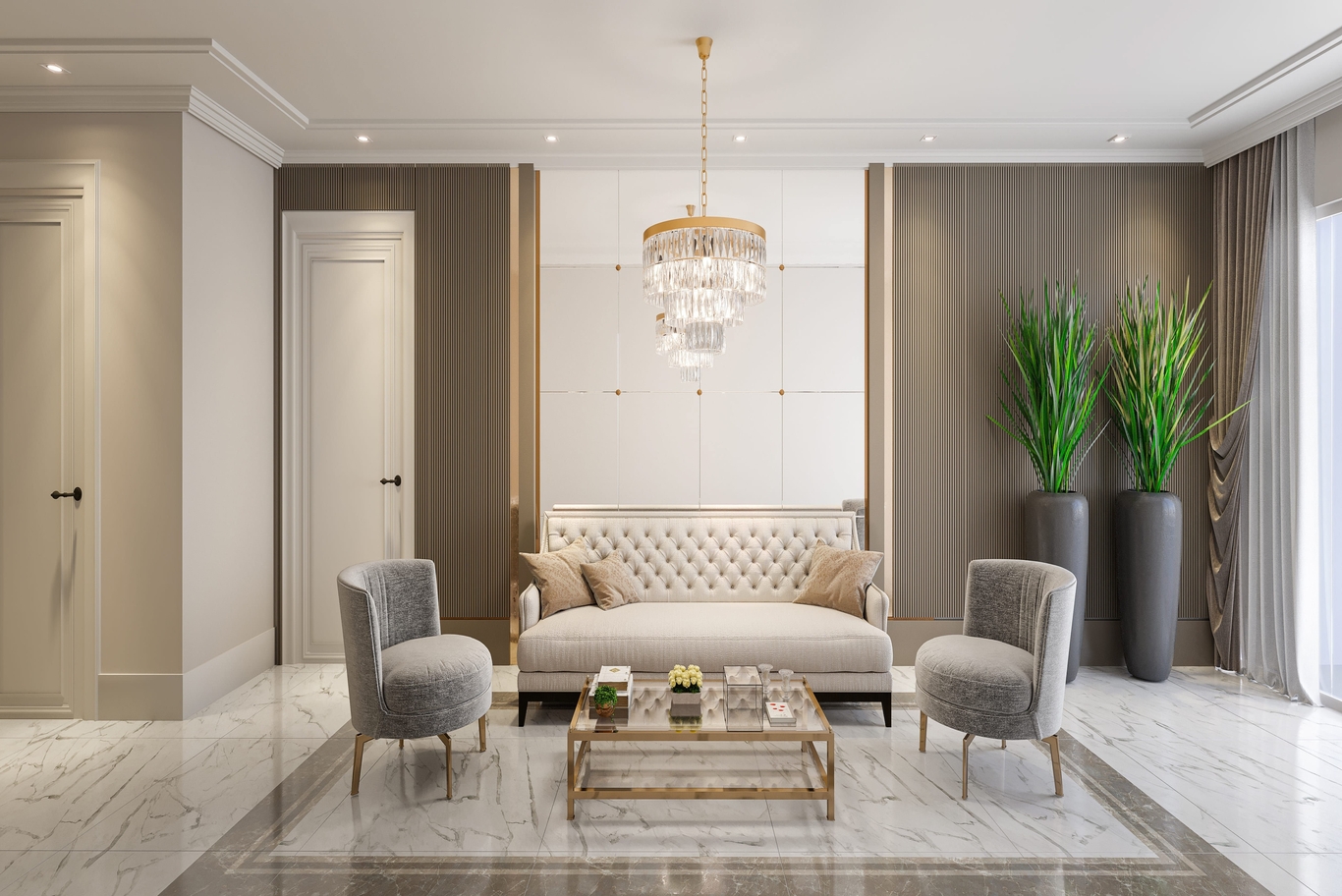
Local Touches
Regions famous for weaving, pottery, and woodwork continue to influence interiors. Commissioned pieces from workshops keep money and knowledge within communities and lend originality to new homes.
A broader look at recent interiors appears in this collection of interior design work in Turkey, showing how heritage elements can sit naturally beside modern furniture.
4- Regional Differences
Aegean and Mediterranean
Bodrum, Izmir, and Antalya favor cross-ventilation, shaded outdoor rooms, and light-reflecting surfaces. Stone or terrazzo floors stay cool underfoot; limewash reduces glare. Furnishings tend toward pale woods and linen upholstery. Landscape design leans on olive, citrus, and drought-tolerant planting to keep gardens low-maintenance and visually calm.
Istanbul and the Marmara Belt
Greater Istanbul leans toward urbane schemes: darker woods, statement stones, and a richer palette. Libraries, distinguished rooms, and formal dining spaces appear more often here than on the coast. Older districts reward respectful restoration—preserving moldings or brick vaults while introducing discreet technology.
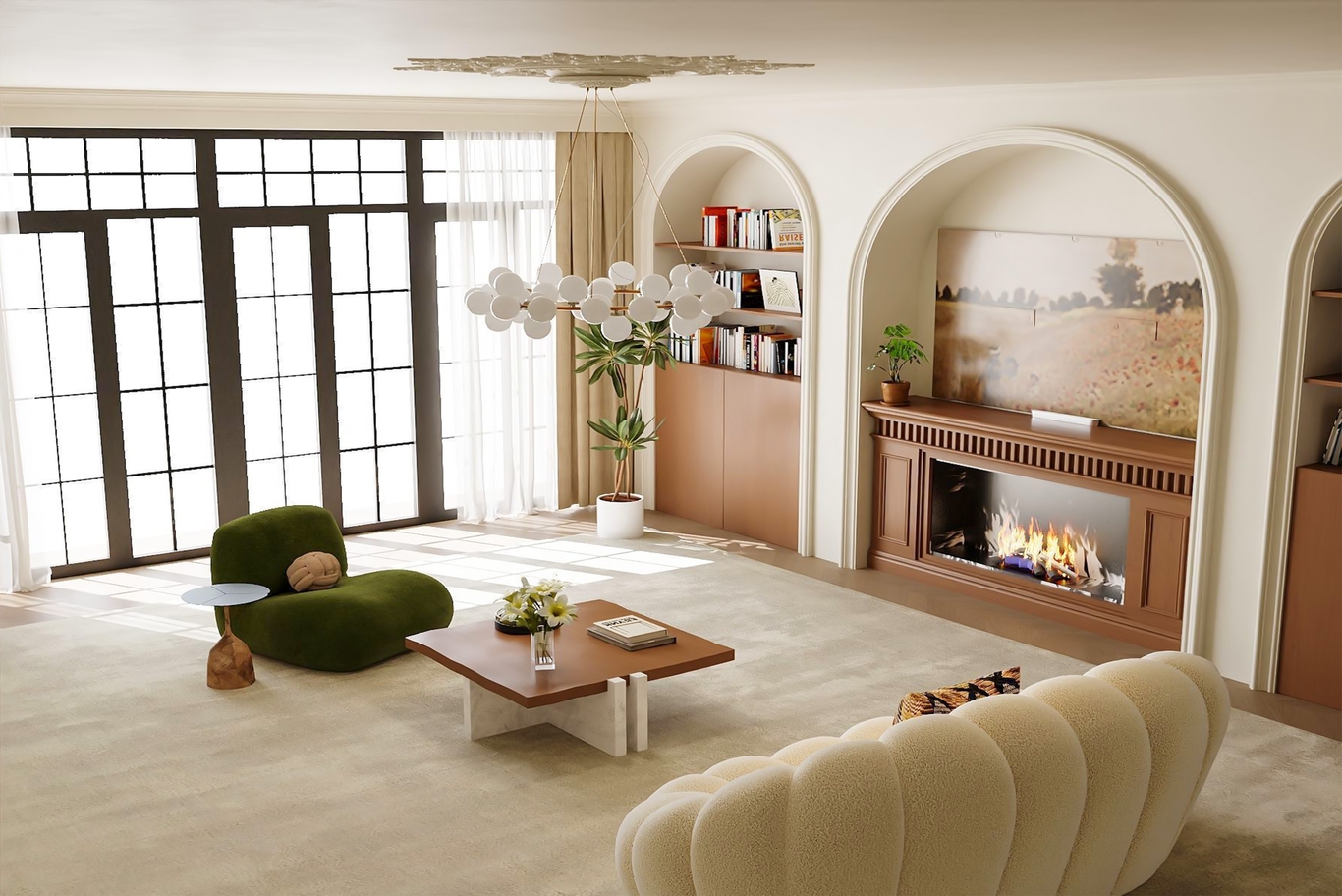
Central Anatolia
Cappadocia and Konya bring stone walls, timber ceilings, and heavy textiles into play. Thicker walls and compact room groupings add warmth in colder seasons. Fireplaces plus radiant floors create steady comfort, while deep eaves protect façades from winter weather and summer sun.
Black Sea
Rize and Trabzon houses rely on timber and steep roofs that answer persistent rain. Interiors show darker greens and blues, generous hearths, and deep window seats that make sense in misty, wooded settings. Moisture-resistant finishes and good drainage count as much as aesthetics in long-term performance.
Homeowners comparing approaches across markets often read this brief on choosing a villa interior design company in Turkey to understand process, scope, and coordination on larger properties.
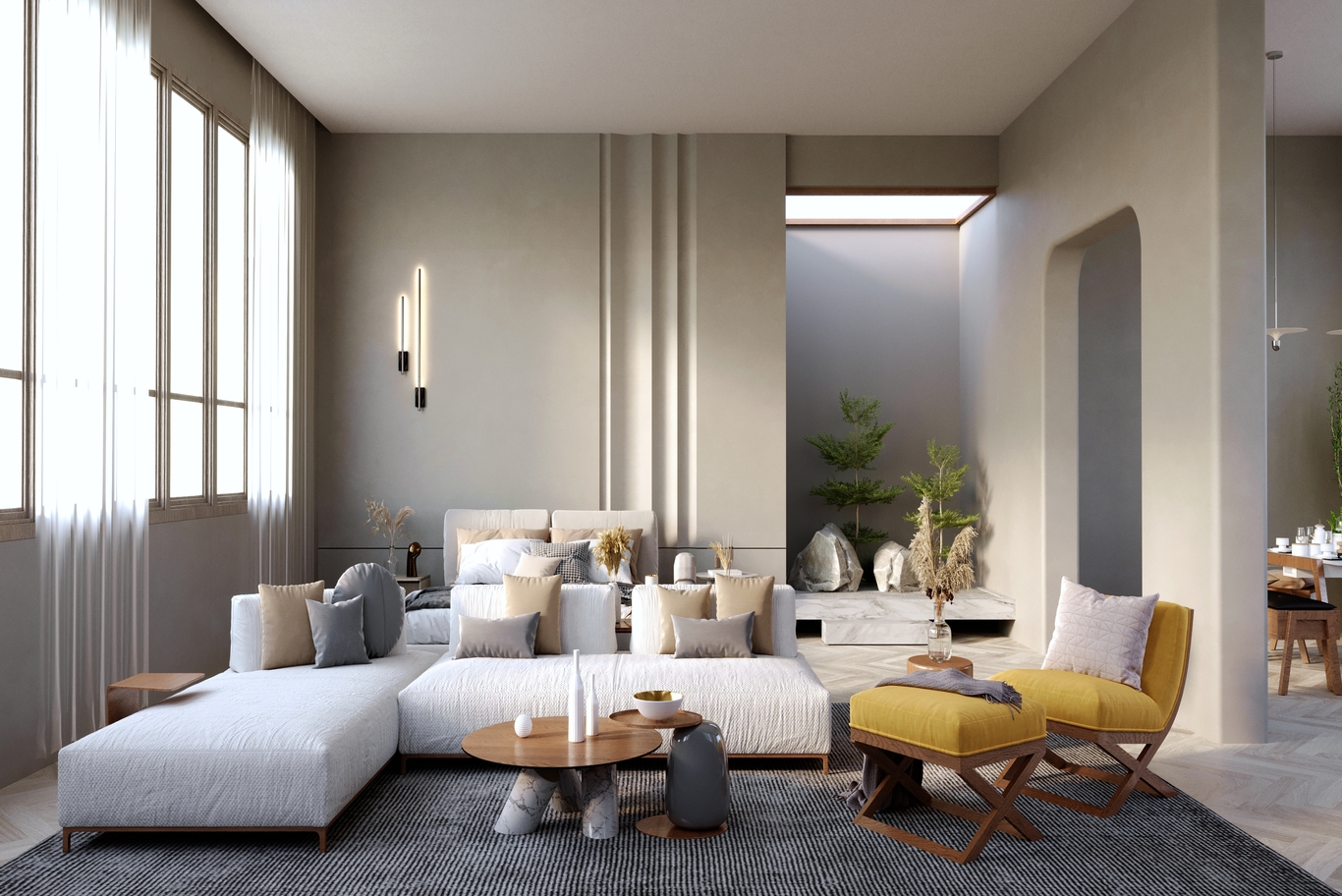
5- Materials and Finishes
Stone and Tile
Travertine, Marmara marble, and basalt appear in floors, baths, and stair treads. Honed or brushed surfaces feel more relaxed than high polish. In wet zones, textured tile adds grip underfoot while keeping a consistent look with adjacent rooms.
Wood
Oak and walnut remain popular for floors and millwork. Oil finishes emphasize grain and allow easy touch-ups over time. In coastal zones, teak and iroko perform well outdoors due to natural weather resistance.
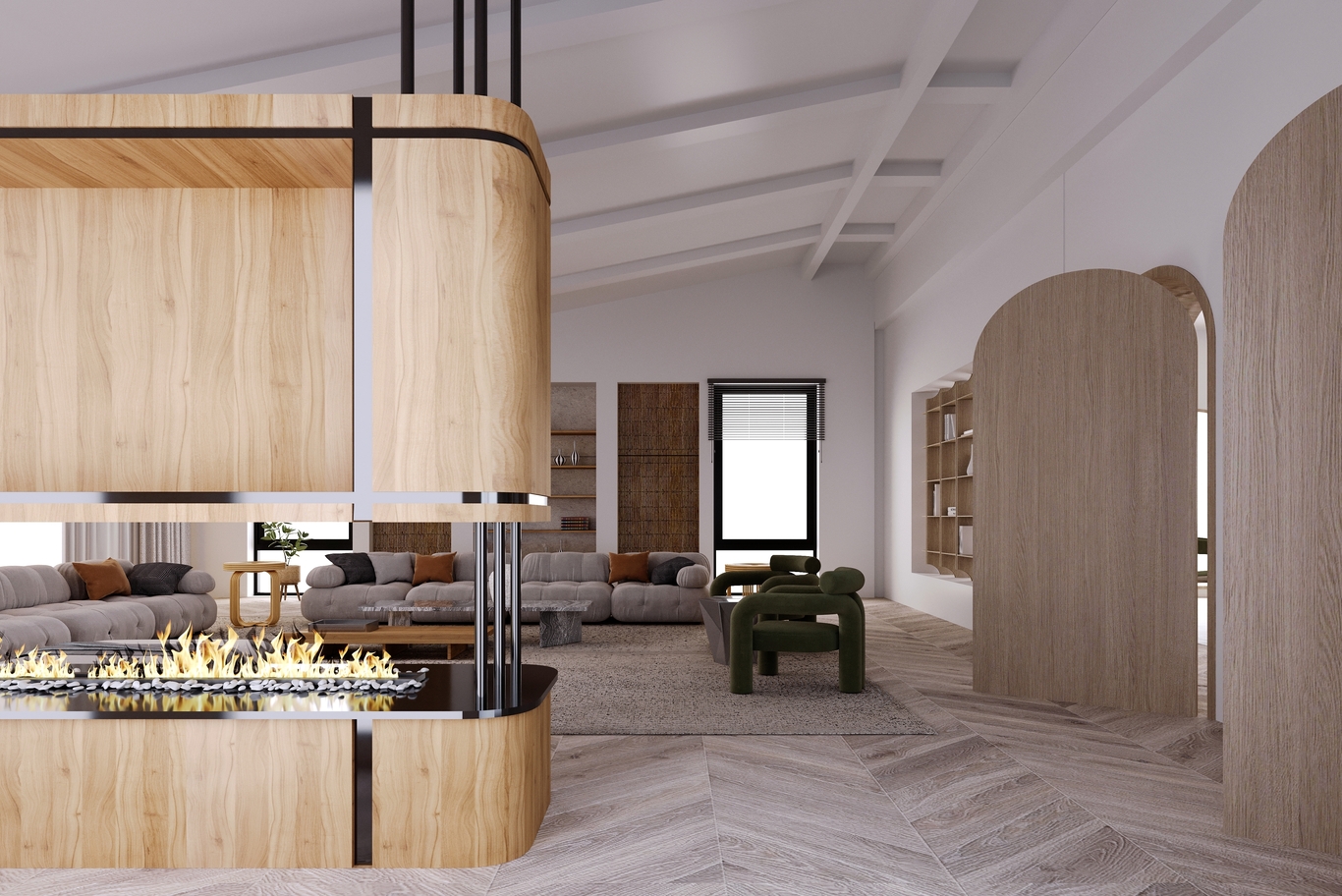
Metals and Glass
Blackened steel frames, brass hardware, and bronzed mirrors add quiet contrast to pale mineral palettes. Fluted glass softens cabinet fronts in kitchens and bars while hiding clutter.
6- Color Palettes
Neutrals with Warmth
Chalk, sand, and mushroom hues sit easily alongside stone and wood. These tones give rooms a grounded feel and allow art and textiles to stand out.
Coastal Accents
Sea-inspired accents—indigo, aquamarine, and soft turquoise—appear in cushions, rugs, and art rather than on permanent surfaces. The approach keeps flexibility for future updates.
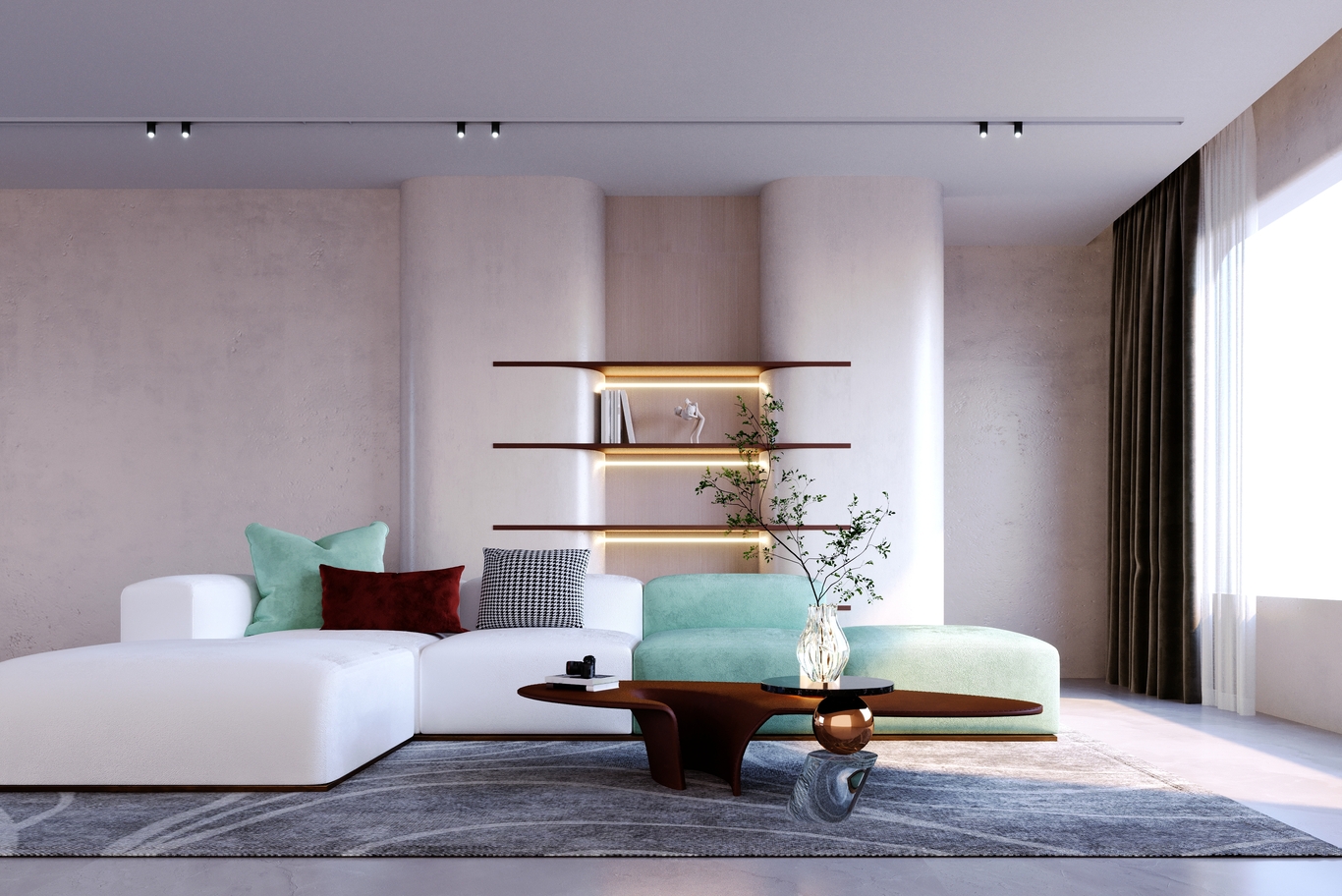
Deep Urban Notes
Istanbul villas often add depth through forest green, oxblood, or inky blue on cabinetry and paneling. Rich colors look particularly strong against limestone or pale oak.
7- Lighting and Technology
Daylight Strategy
Clerestory windows, courtyards, and slim mullions guide natural light deep into plans. Overhangs reduce glare while preserving views. Mirror placement can bounce light into shaded corners without calling attention to itself.
Night Lighting
Three layers remain standard: ceiling washes for ambient light, reading lamps and under-cabinet strips for task light, and discreet spots for art. Dimmers and scene presets help living rooms shift from morning brightness to evening calm.
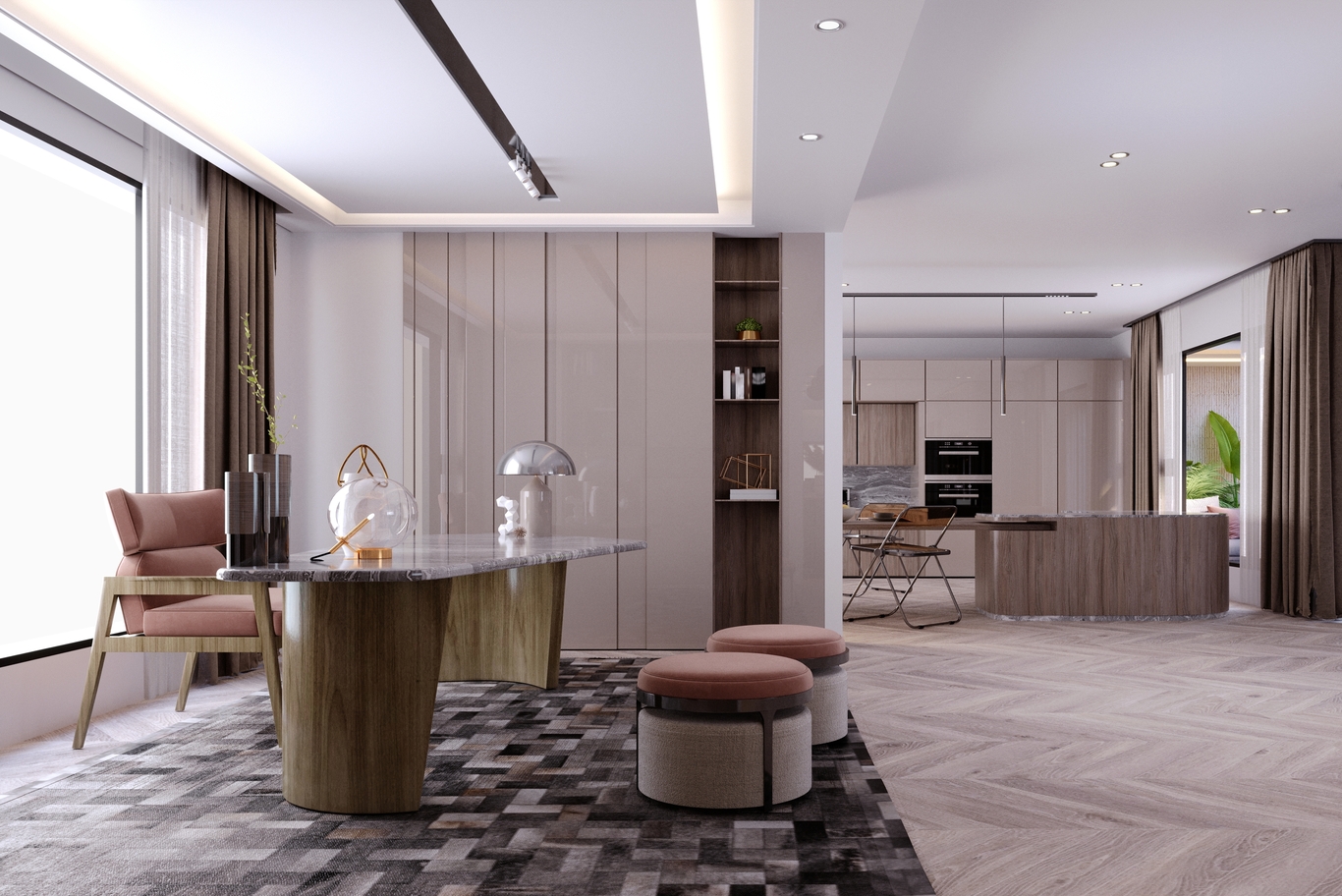
Quiet Technology
Whole-home systems now hide sensors and speakers within millwork. Acoustic panels behind fabric walls keep movie rooms and music spaces comfortable without announcing their presence. Water-saving fixtures and energy-saving glazing show up frequently in specifications, particularly in new builds.
8- Layout and Flow
Entry and Axes
A clear axis from entry to garden or view remains a classic move. The eye reads a strong connection straight away, and visitors understand the plan without explanation. Storage near the door keeps the threshold tidy.
Living, Dining, Kitchen
Open great rooms still rule, yet subtle zoning avoids a “hall” feeling. Ceiling drops, rug placement, or a double-sided fireplace can divide space without closing it off. Islands present as furniture rather than monolithic blocks, with stool seating for casual meals and a separate table for longer dinners.
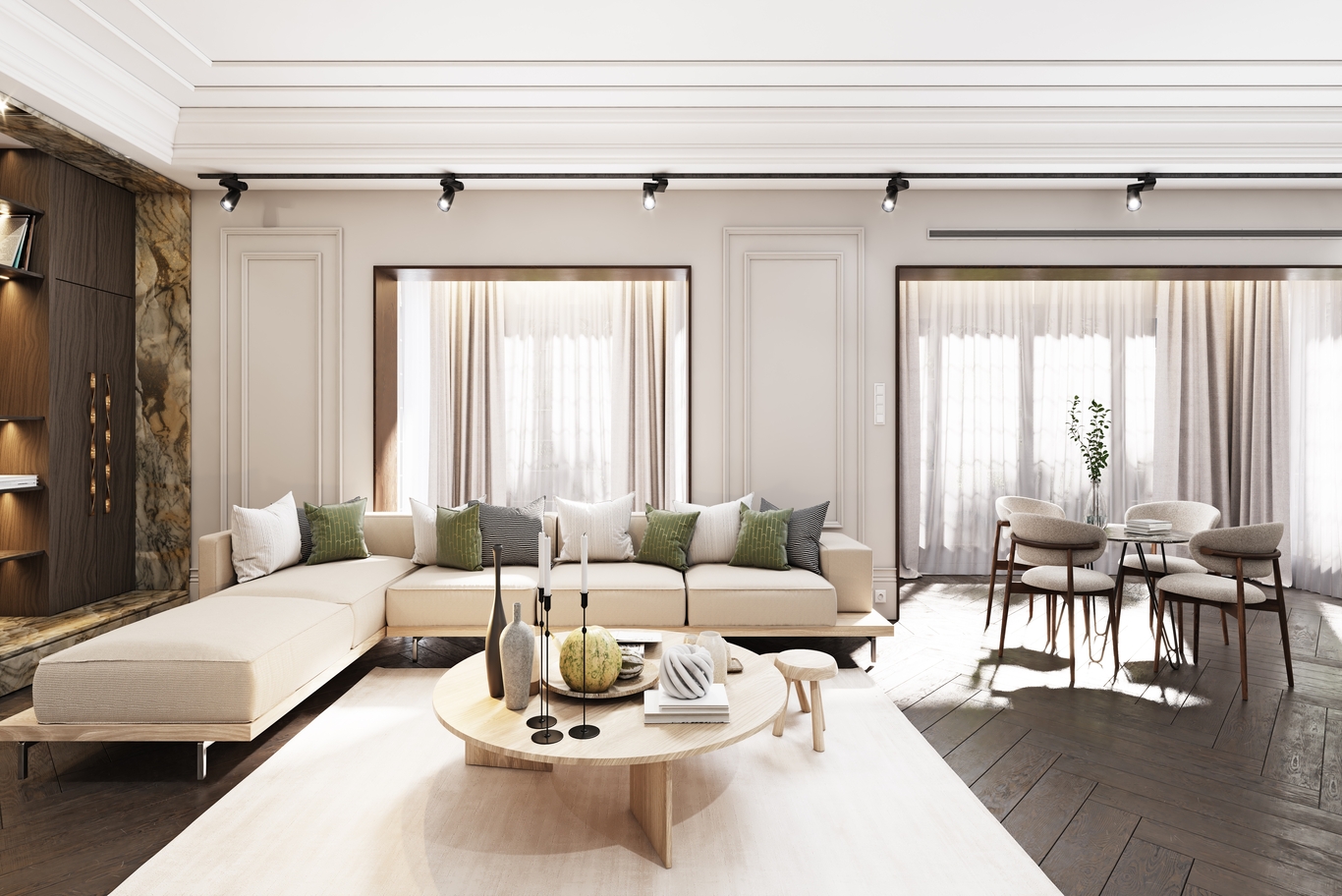
Private Areas
Bedrooms lean toward quiet palettes and soft textures. Walk-in wardrobes favor closed fronts over open shelving to reduce visual noise. En-suite baths read as mini spas with stone basins, generous showers, and deep tubs positioned for light and privacy.
9- Outdoor Living
Terraces and Courts
Shaded terraces and internal courtyards lengthen the living season. Outdoor rugs, teak seating, and low, broad planters soften the hardscape. A water rill or simple trough fountain cools air around seating areas in hot months.
Pools and Wellness
Infinity edges continue along view corridors, while lap pools tuck beside gyms for daily routines. Small plunge pools appear in tighter urban plots where space is at a premium.
Kitchens and Fire Features
Built-in grills, pizza ovens, and long counters support gatherings. Fire pits extend evenings after the sun goes down; wind screens keep terraces usable on breezy nights.
Projects that apply these ideas across climates and lot sizes appear throughout recent interior design work in Turkey, where regional materials and garden planning reinforce the architecture.
10- Planning Tips
Budget and Phasing
Phasing helps large villas proceed smoothly. Core spaces—kitchen, primary suite, main living room—often go first, followed by guest rooms, home office, and outdoor areas. Hard-finish changes cost more to alter later than rugs or art, so early decisions on stone, tile, and millwork save headaches.
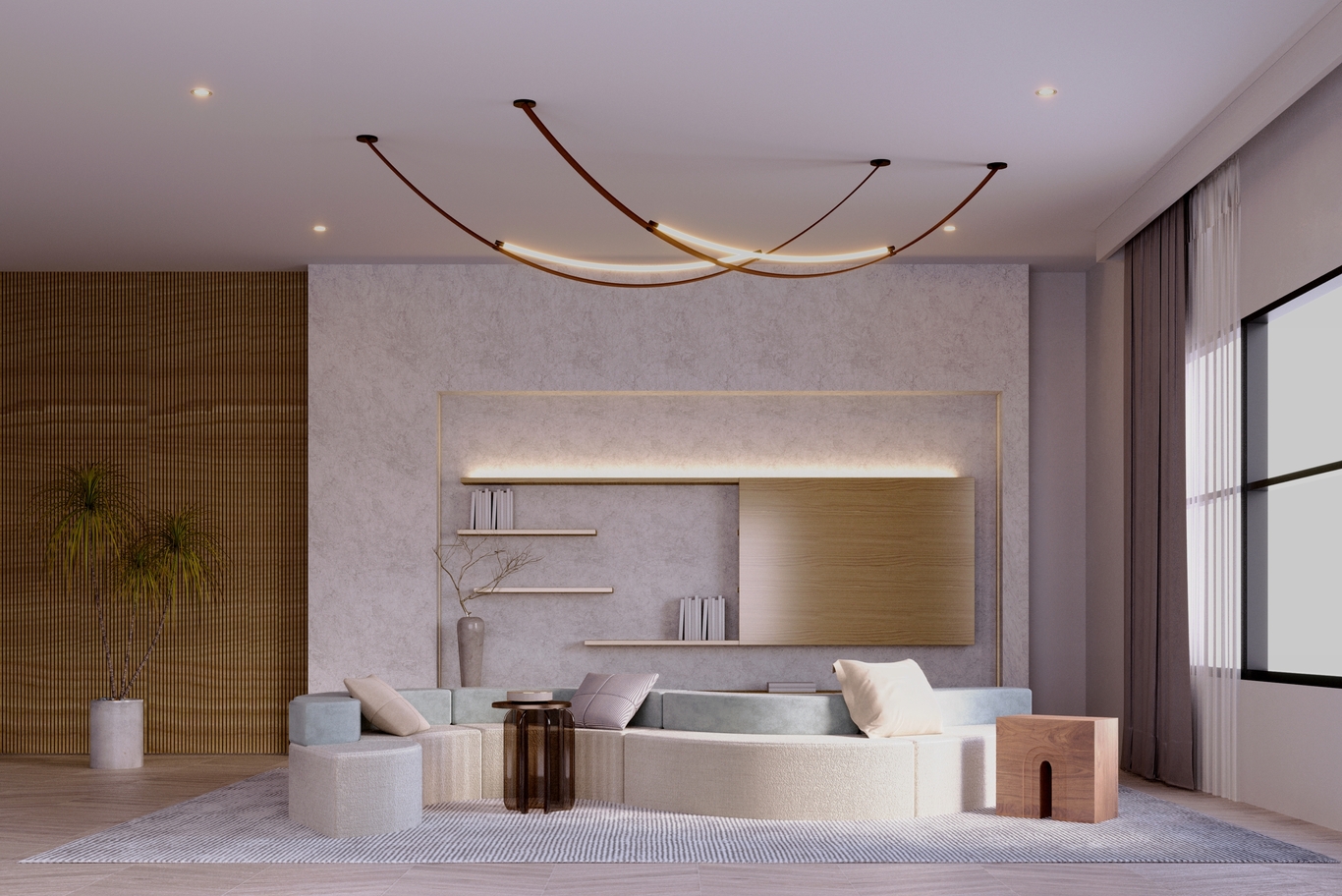
Durability and Care
Salt air near the coast suggests hardware that resists corrosion and exterior woods that weather gracefully. In rainy regions, overhangs, gutters, and drainage sit high on the priority list. In colder zones, insulation and glazing strategies matter for comfort and operating costs.
Local Codes and Trades
Regional rules affect setbacks, heights, and landscape water use. Builders and artisans who know local conditions often propose smart solutions that drawings alone cannot predict. Site visits during key stages preserve quality across a long schedule.
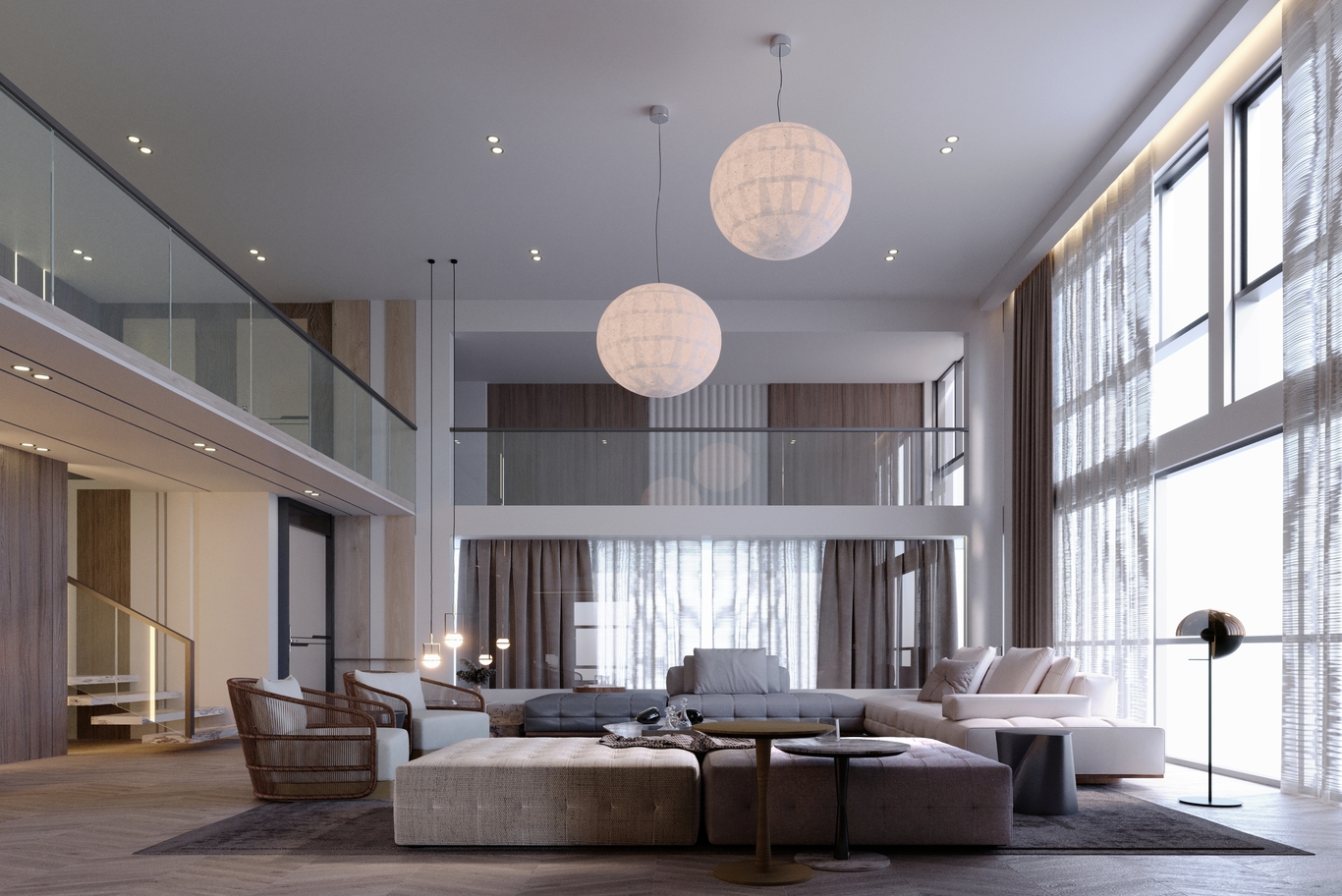
Readers considering a new build or a major renovation often start by reviewing options through a short call; project inquiries can begin via the contact page where location, scope, and timeline are outlined before design starts.
Closing Thoughts
Turkey’s villas in 2025 present a composed mix of minimal lines, Mediterranean ease, and respectful nods to history. Accessories rely on honest materials and strong shapes rather than gimmicks, and regions steer choices in sensible ways: breezy for coastal towns, rich and layered for Istanbul, sturdy and warm for the plateau, and wood-led for the Black Sea. The best results grow from clear style direction, disciplined materials, and patient coordination among craftspeople.
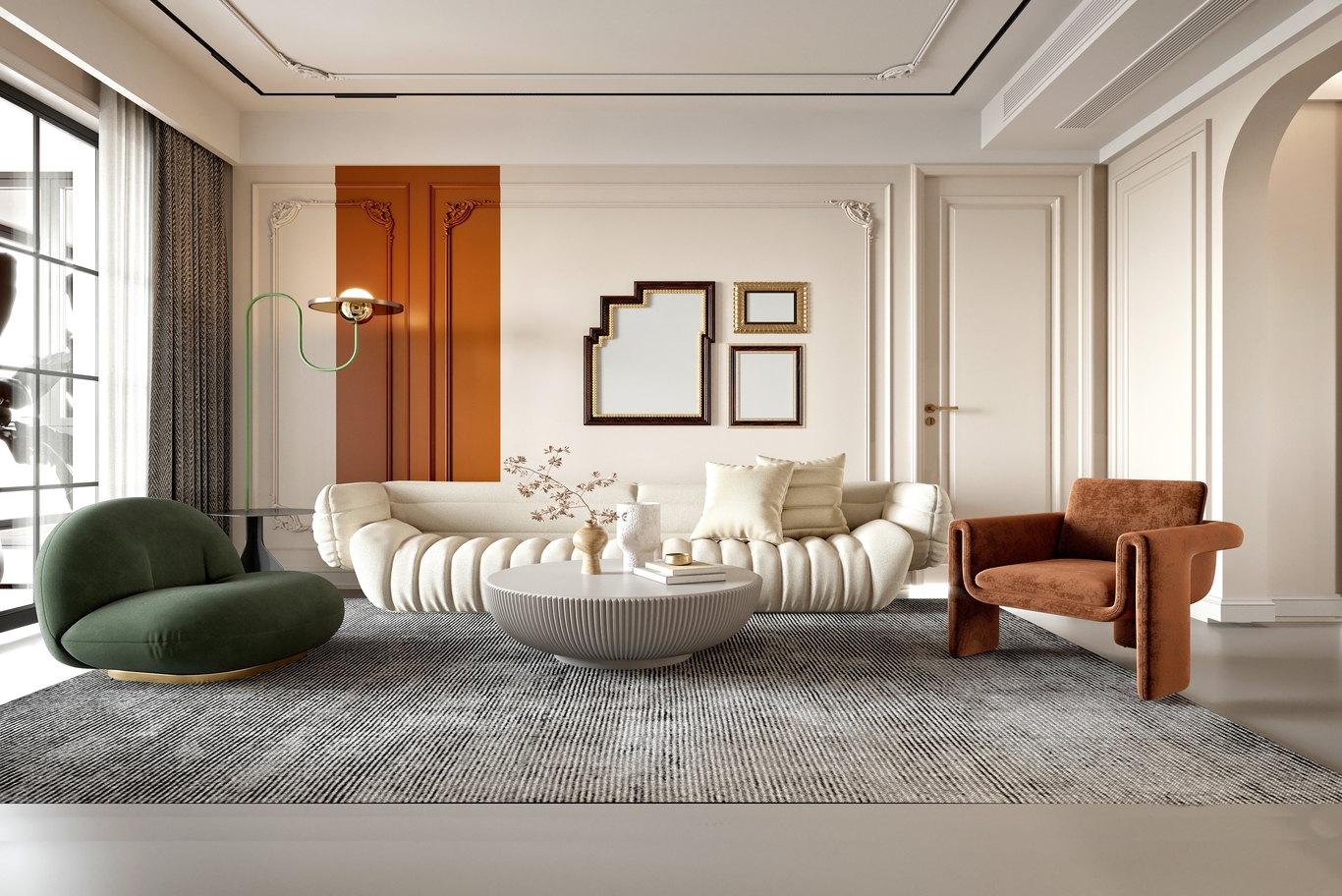
Readers who want a deeper dive into room-by-room planning, storage strategies, and material pairings can browse this concise primer on villa interior design, then compare it with recent case studies of interior design work in Turkey. Selection of a design partner can be informed through this overview of a villa interior design company in Turkey. A project conversation can start at any time through the contact page.
Contact Us
A villa that reflects place, climate, and personal taste begins with clear choices on style, materials, and layout. A brief inquiry through the contact page opens a simple path from idea to drawings and then to rooms that feel composed for years to come